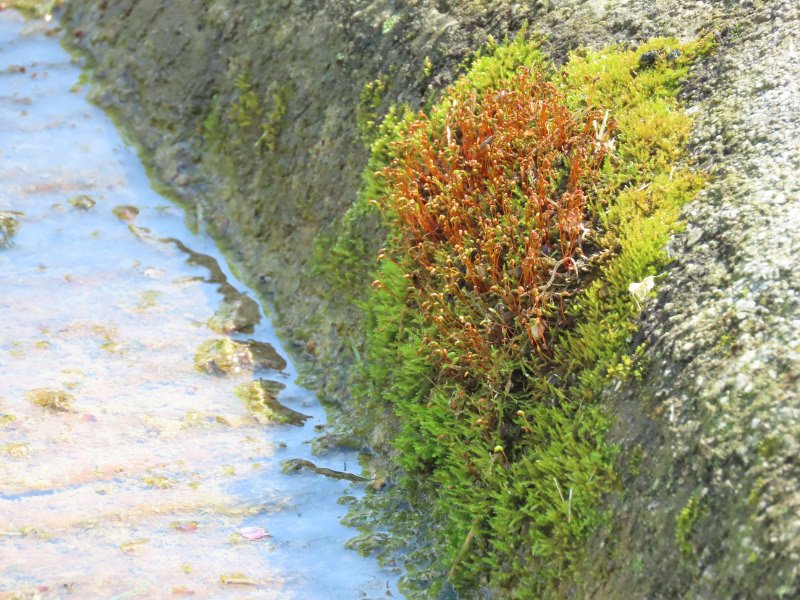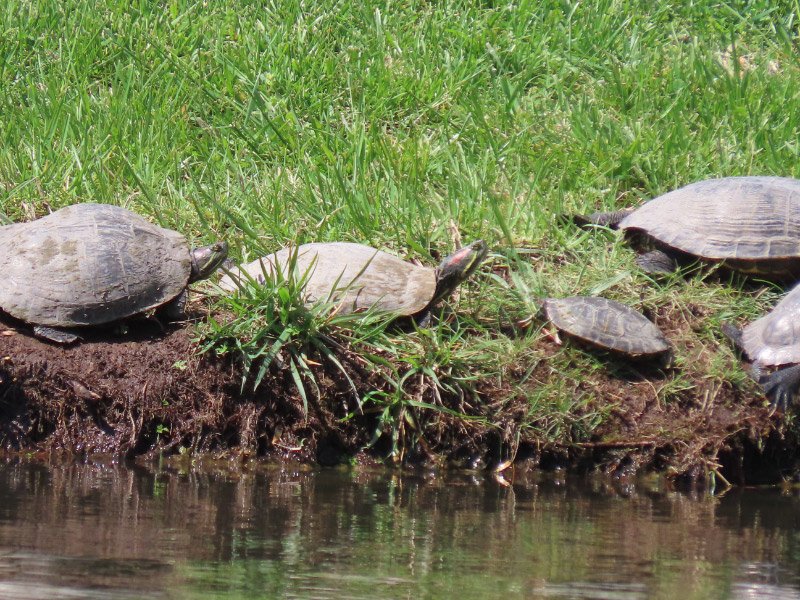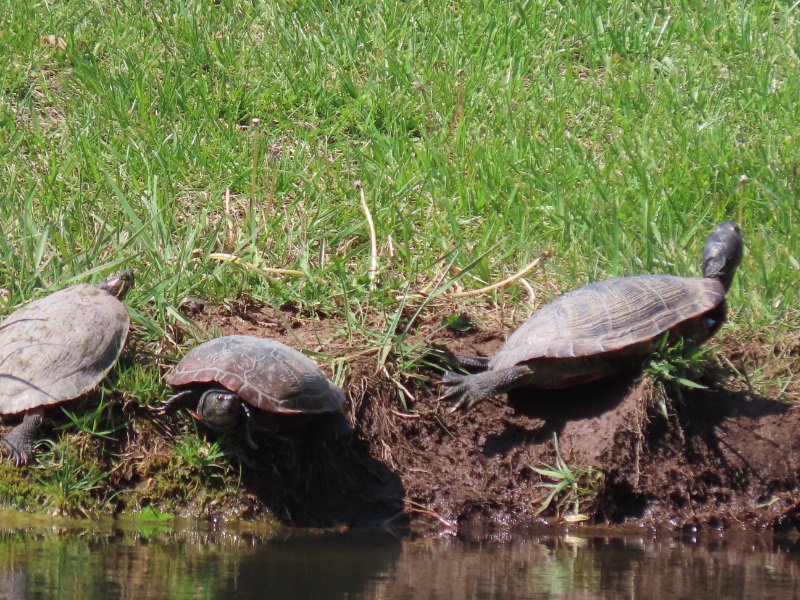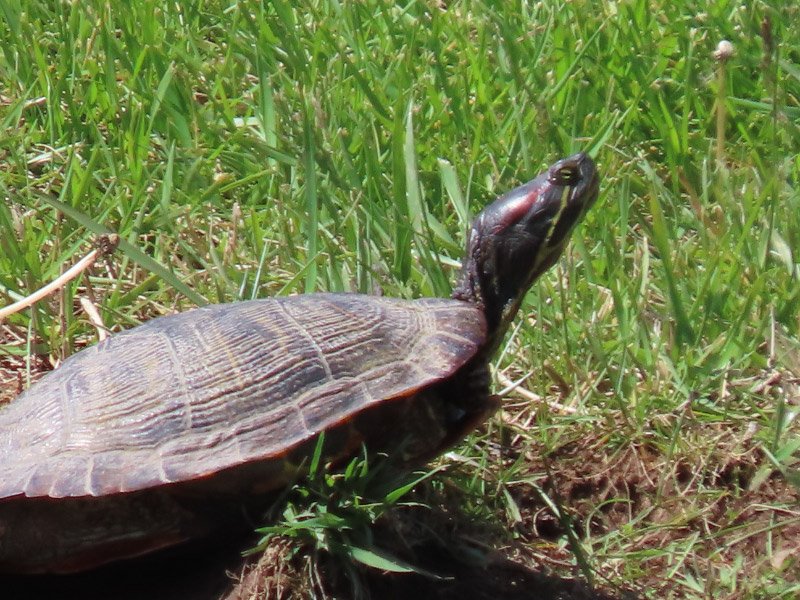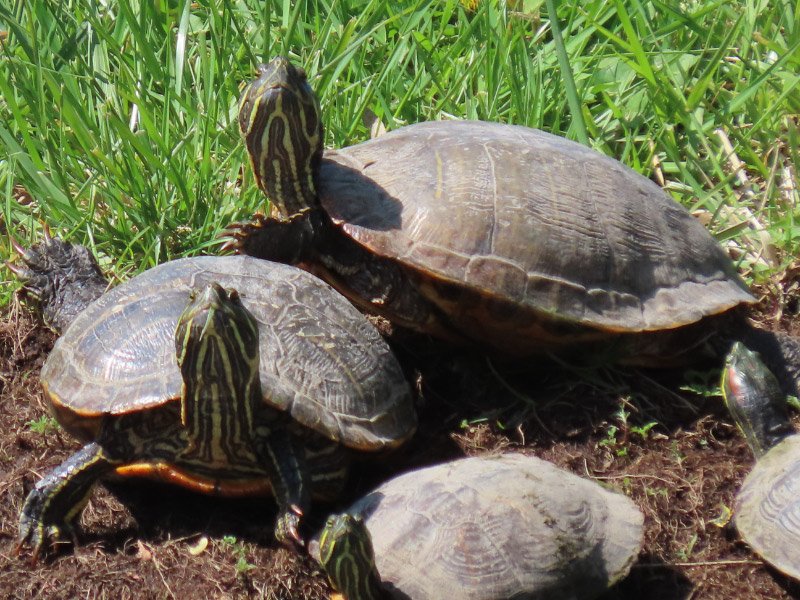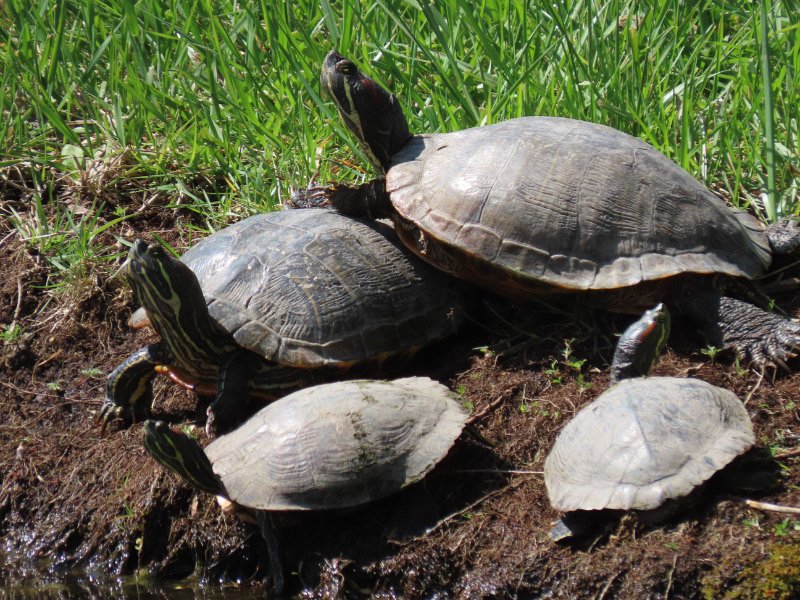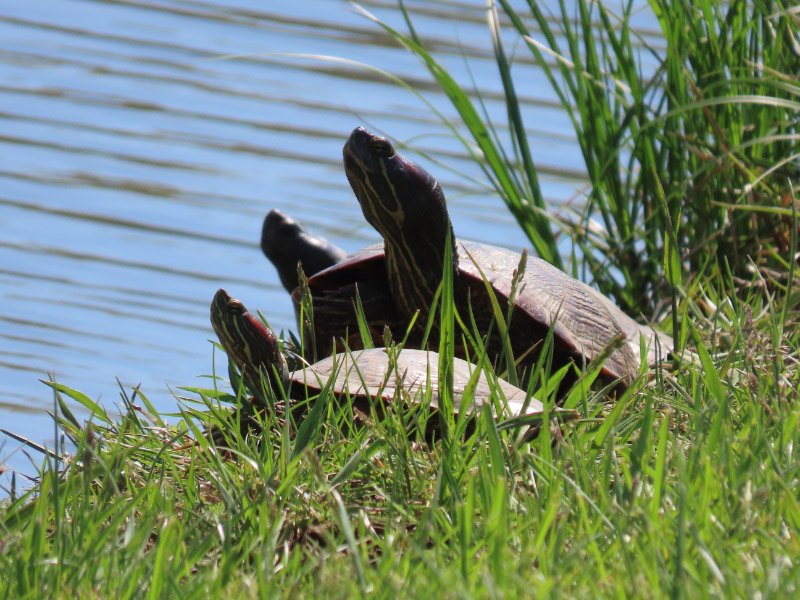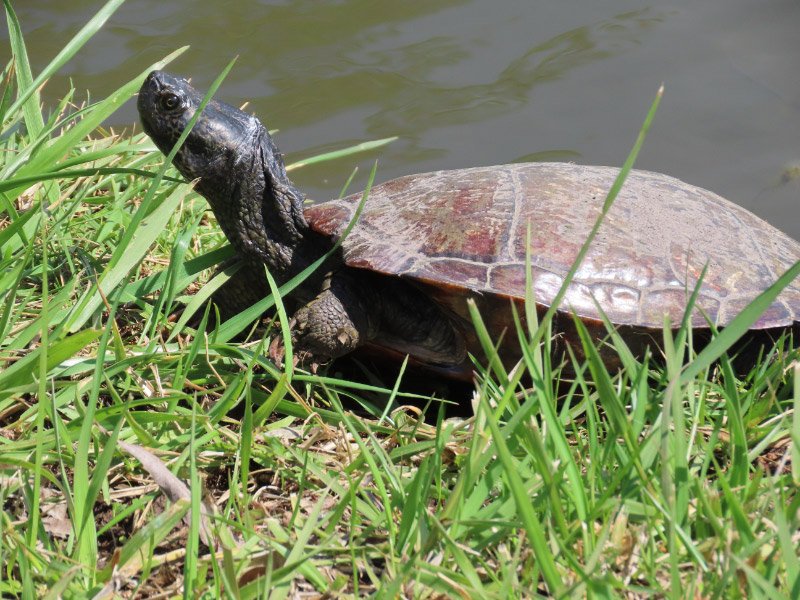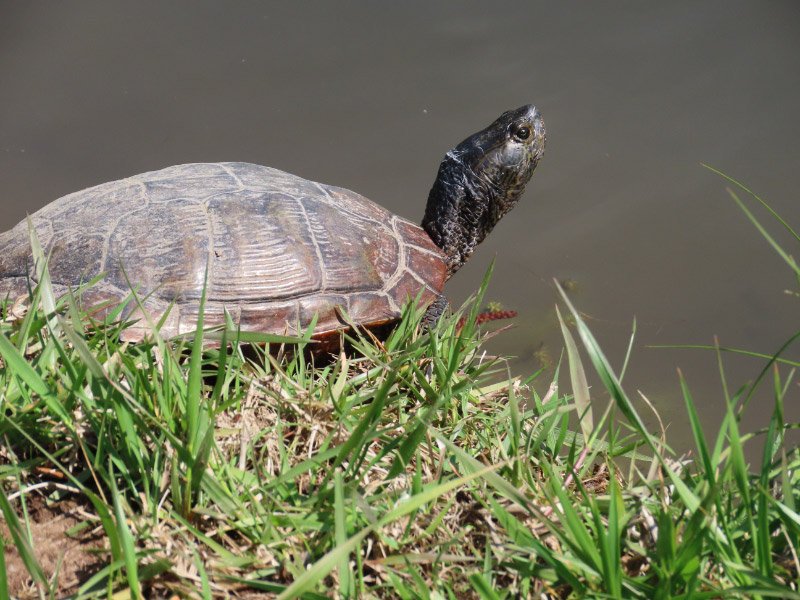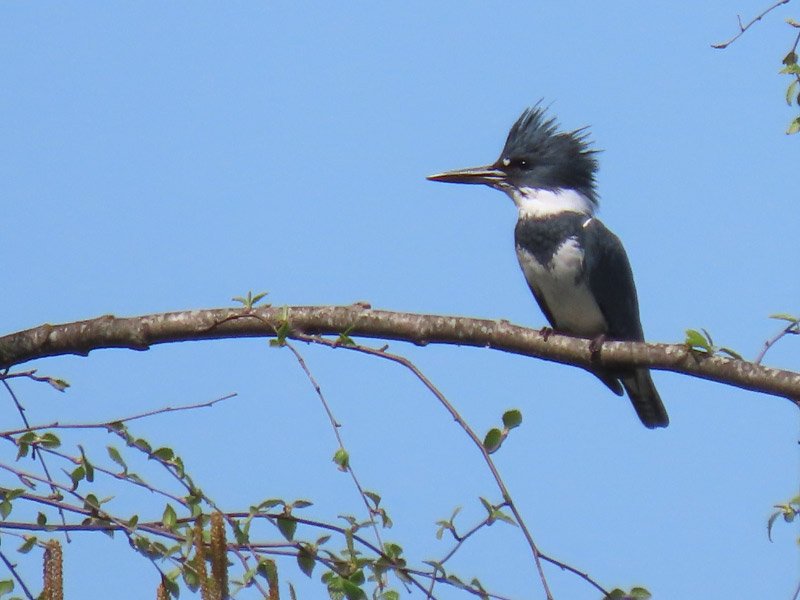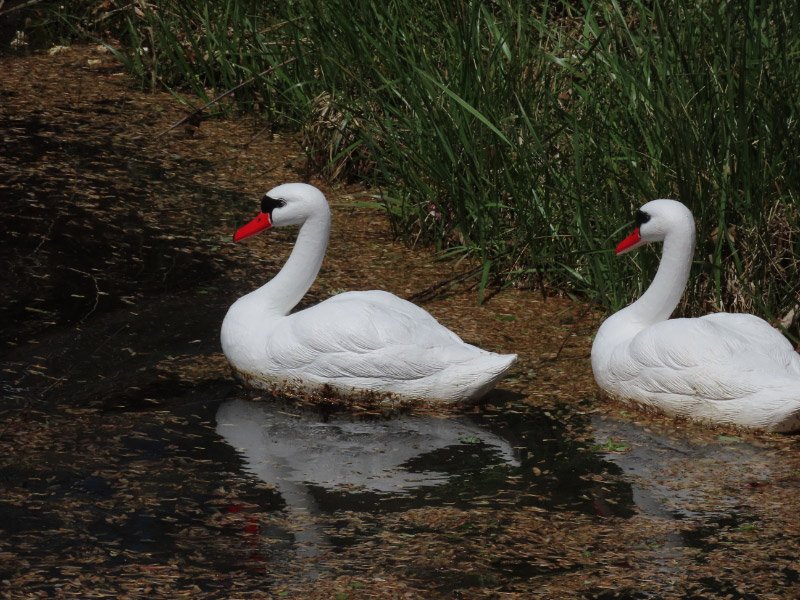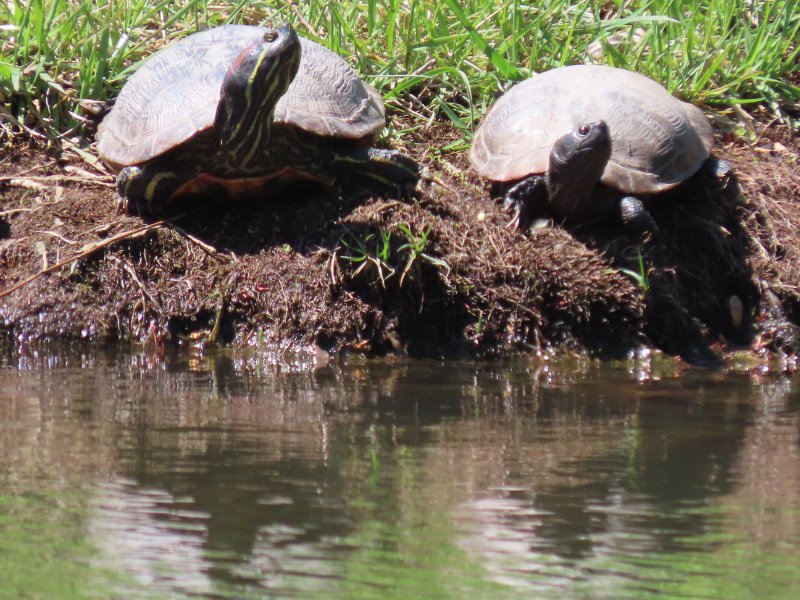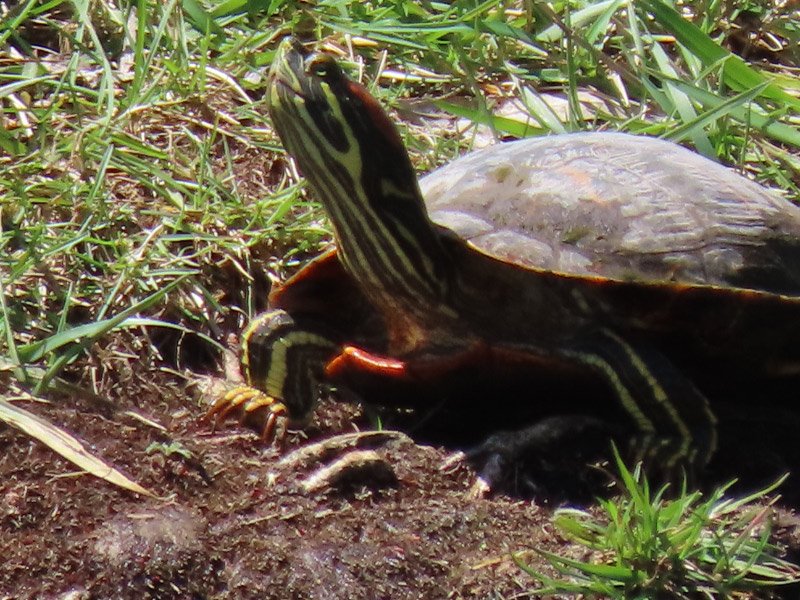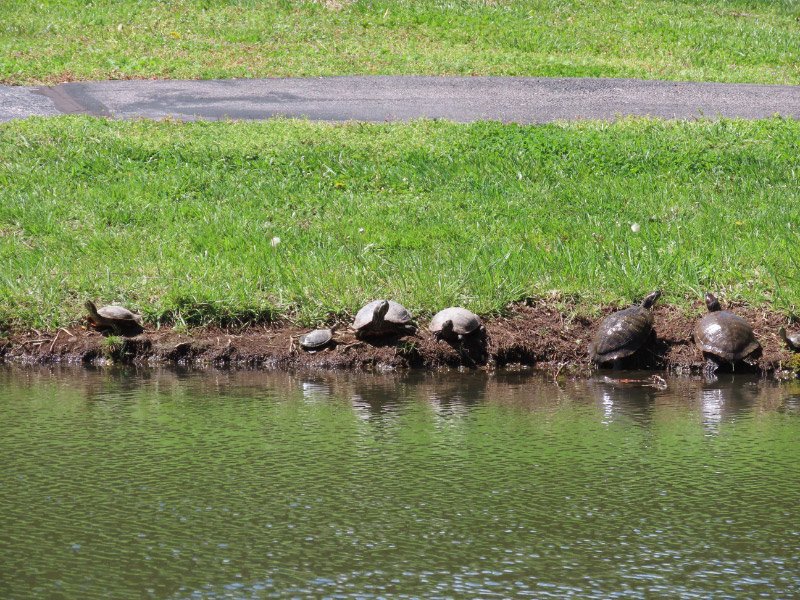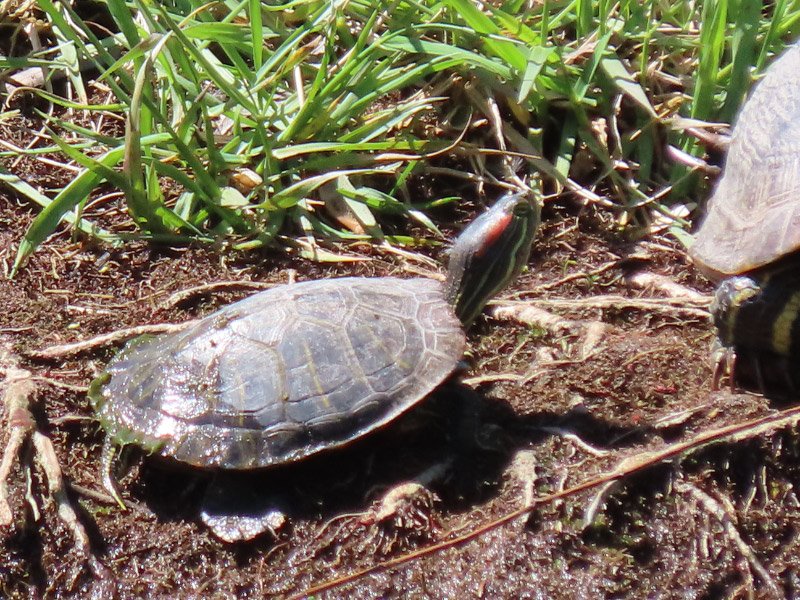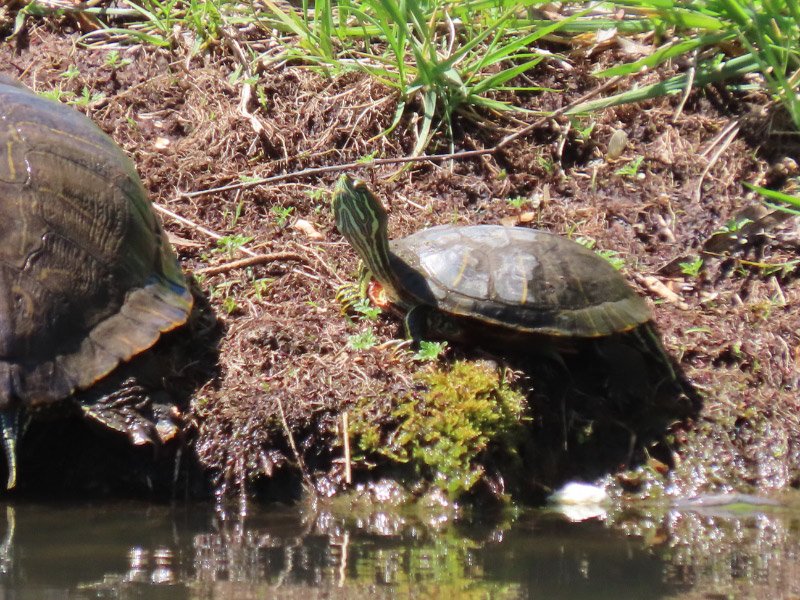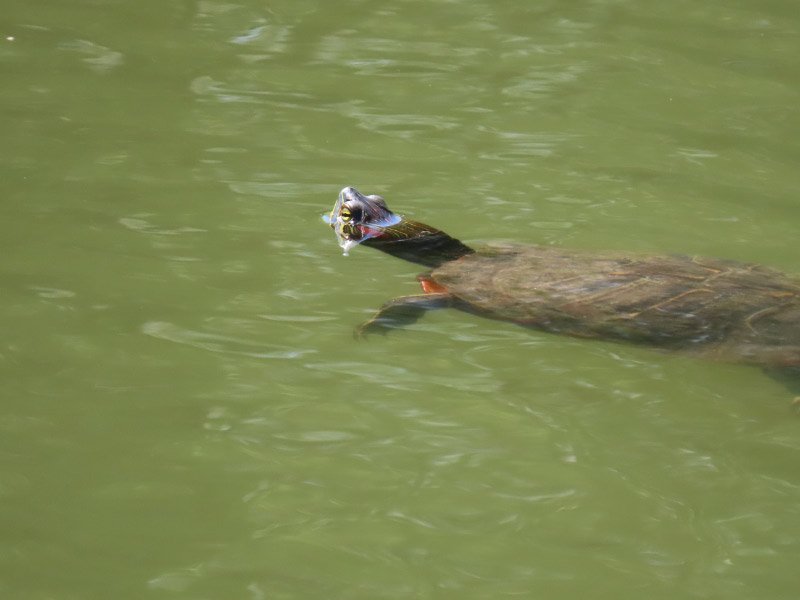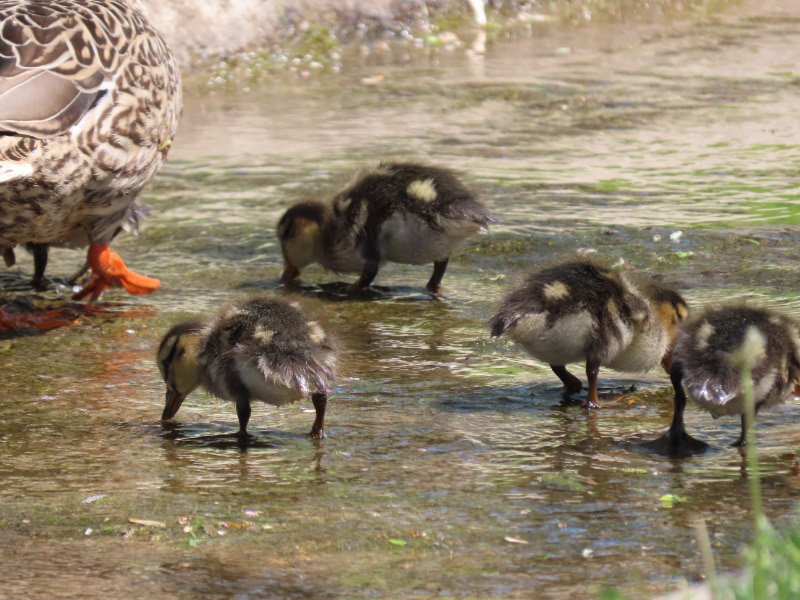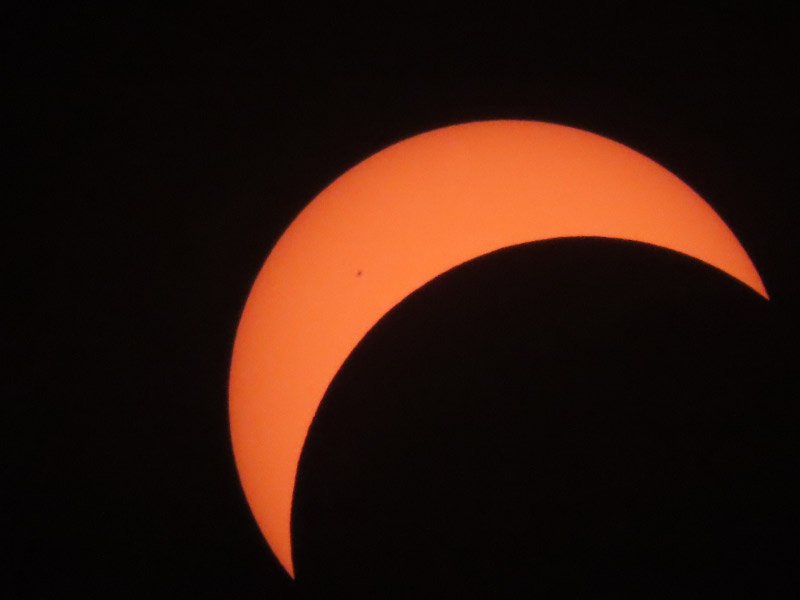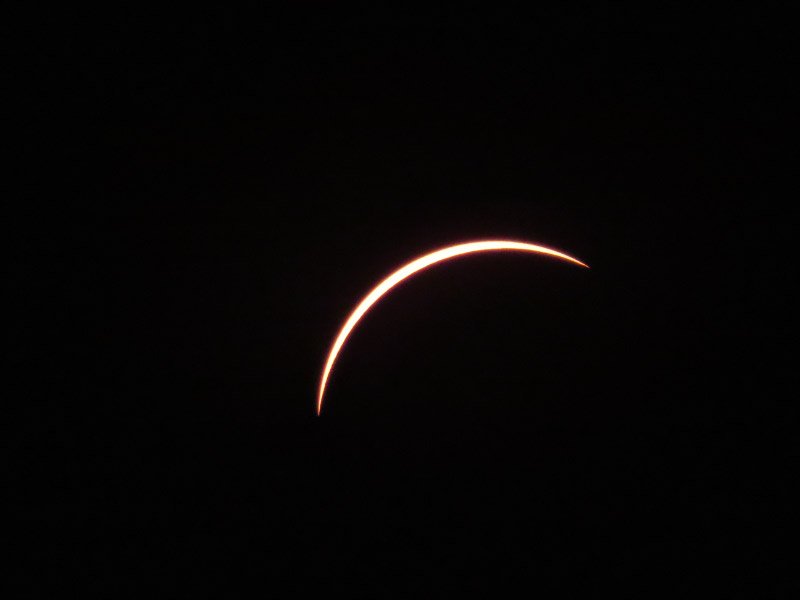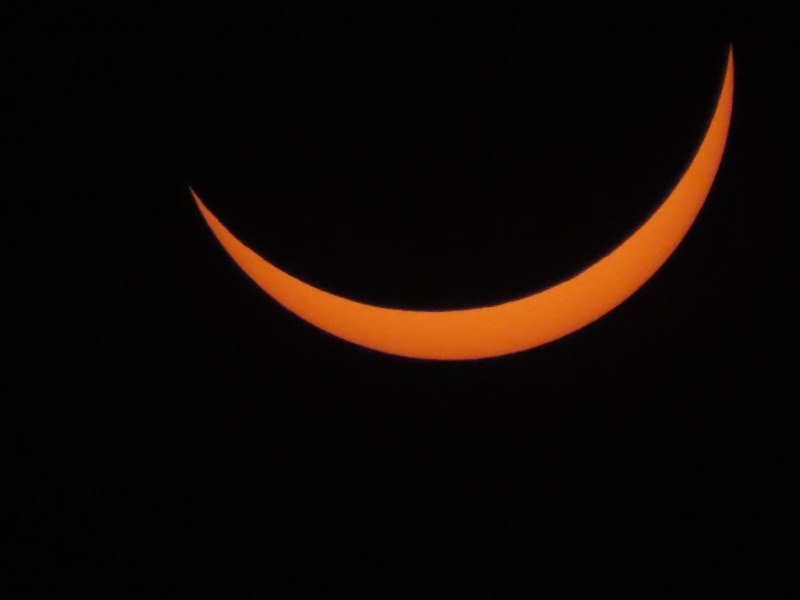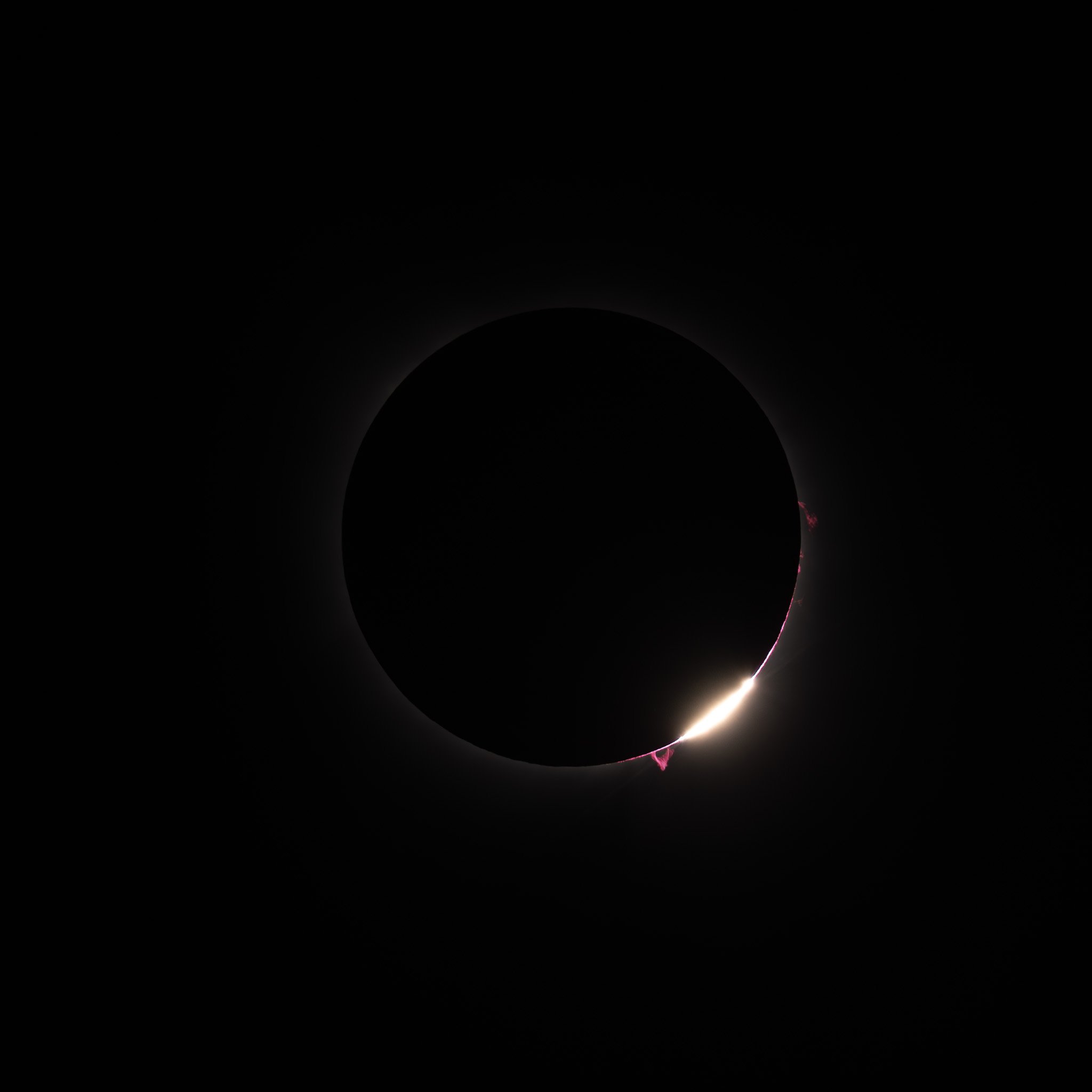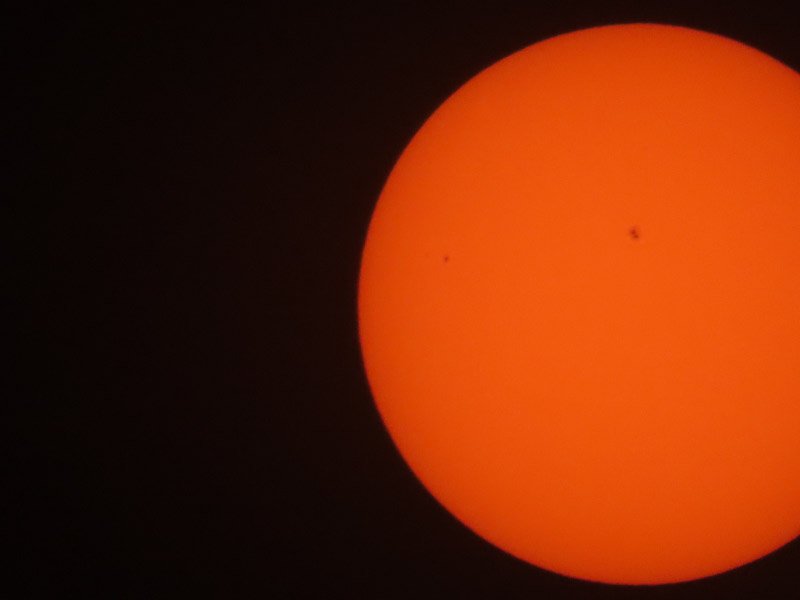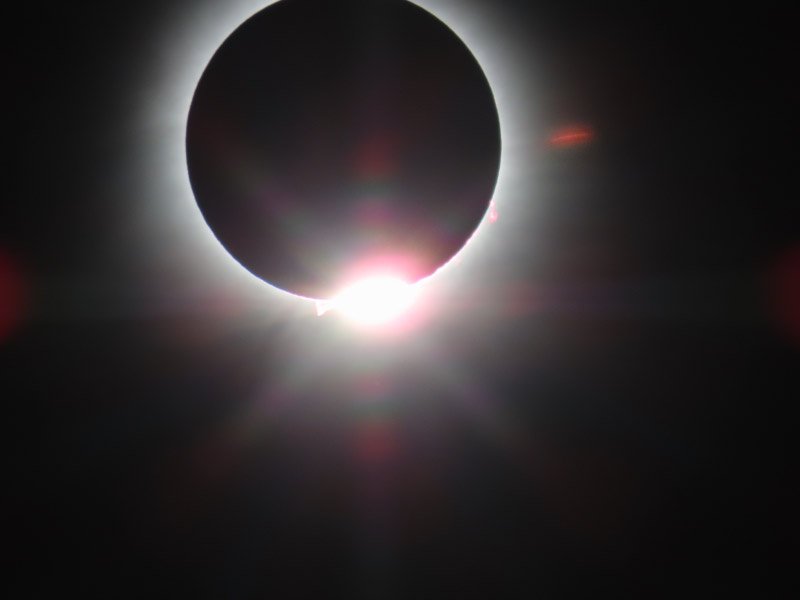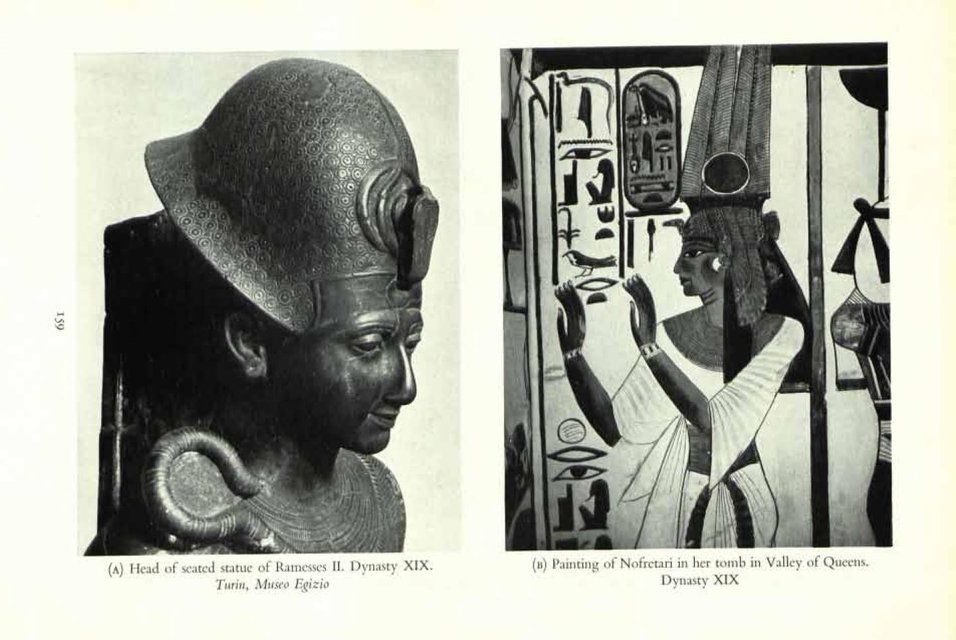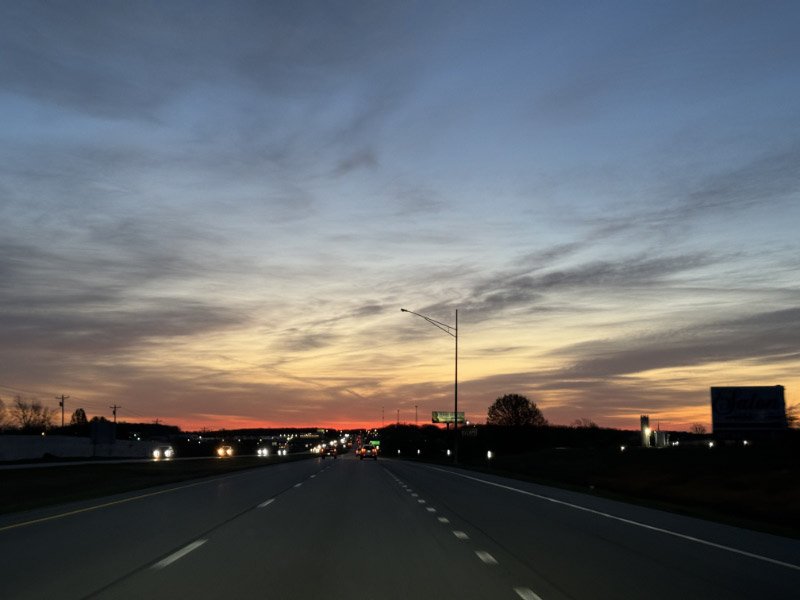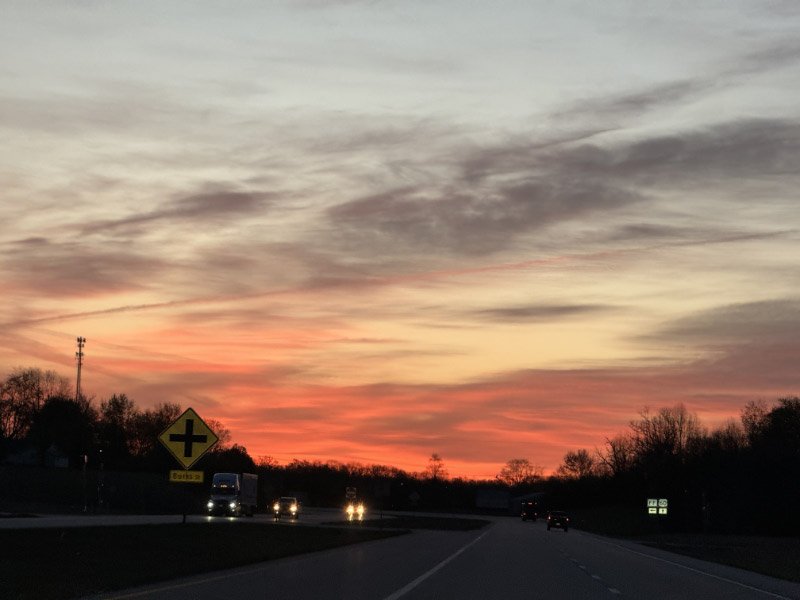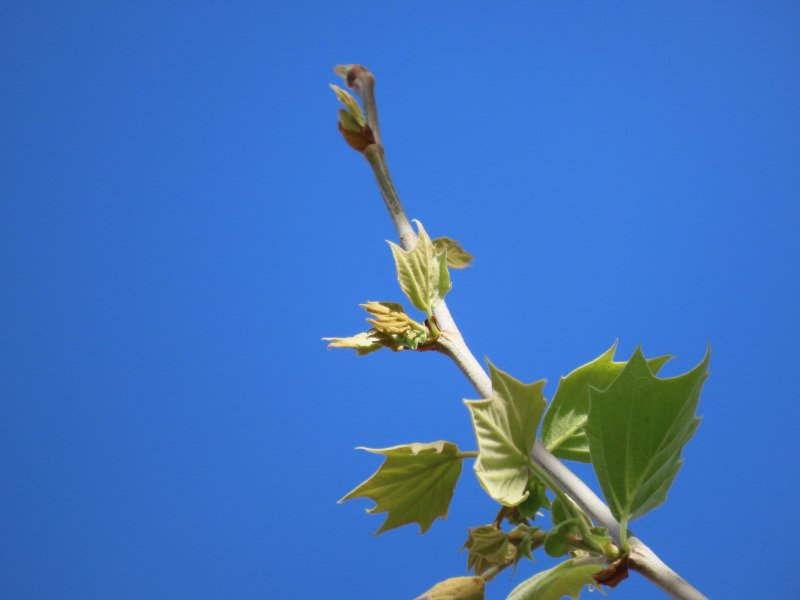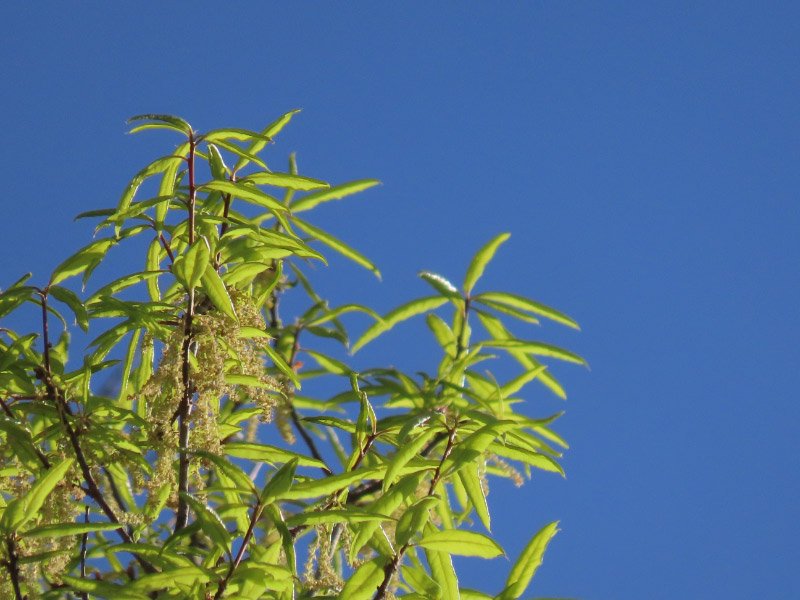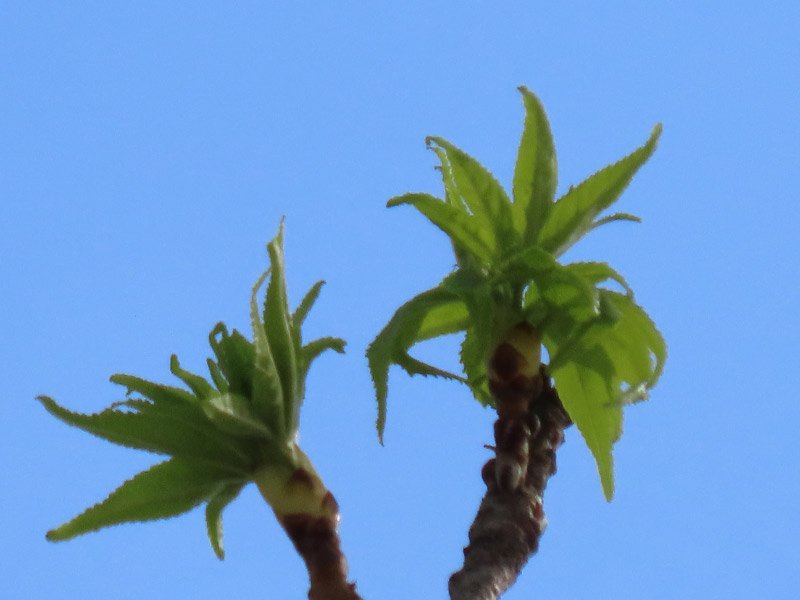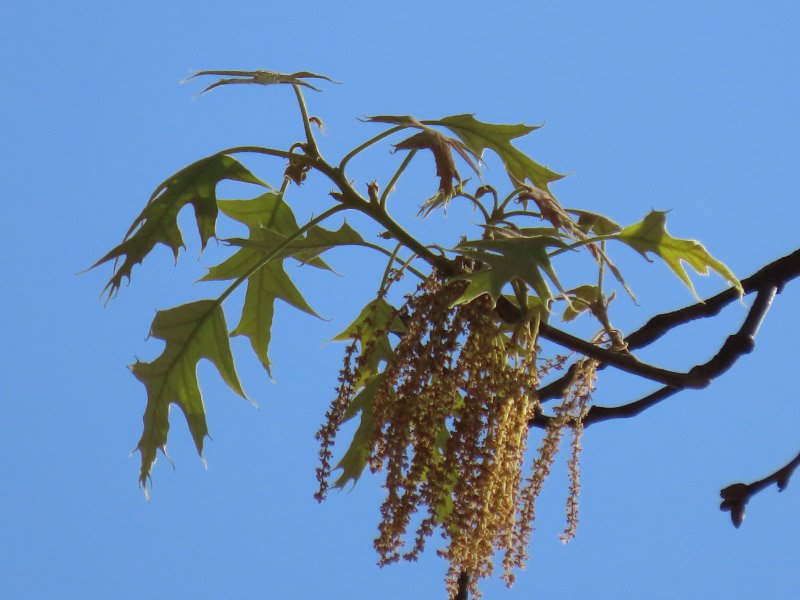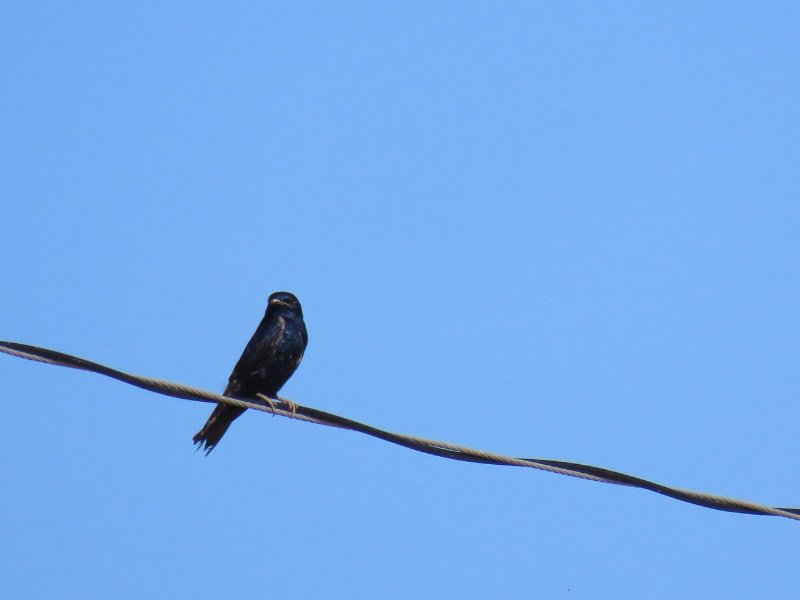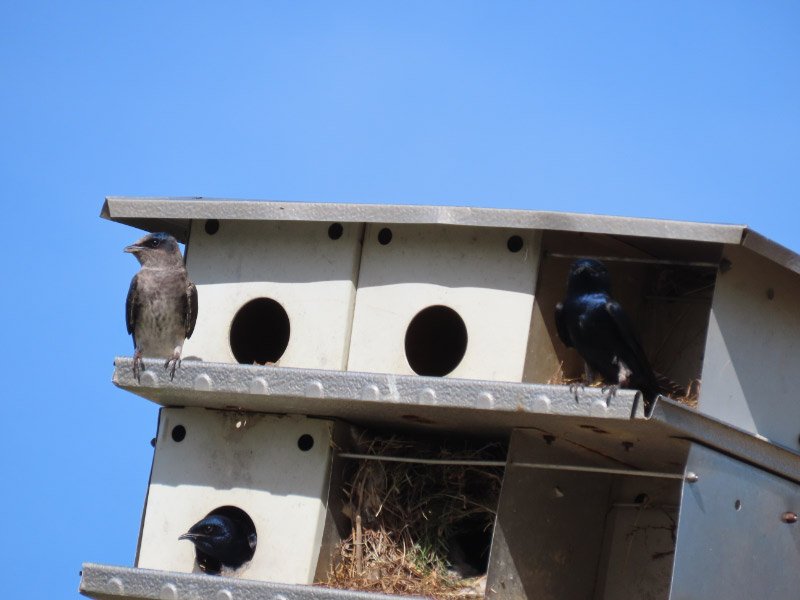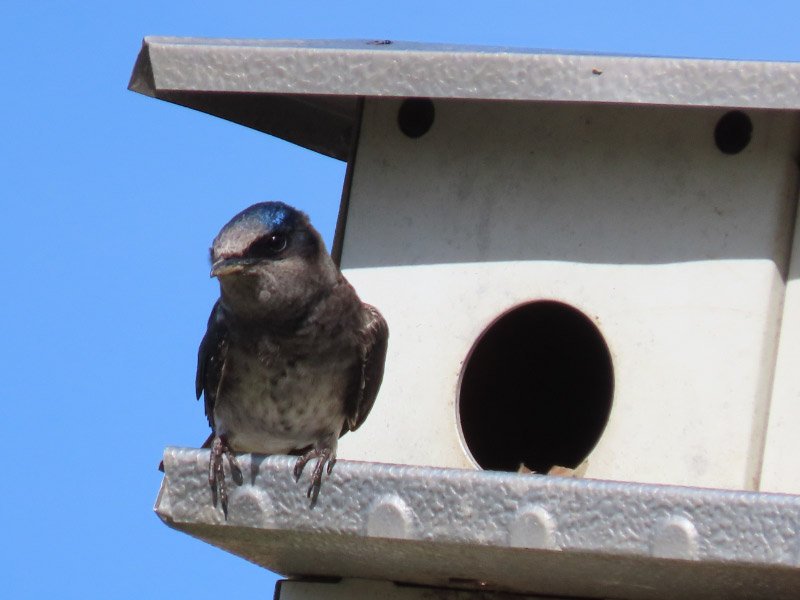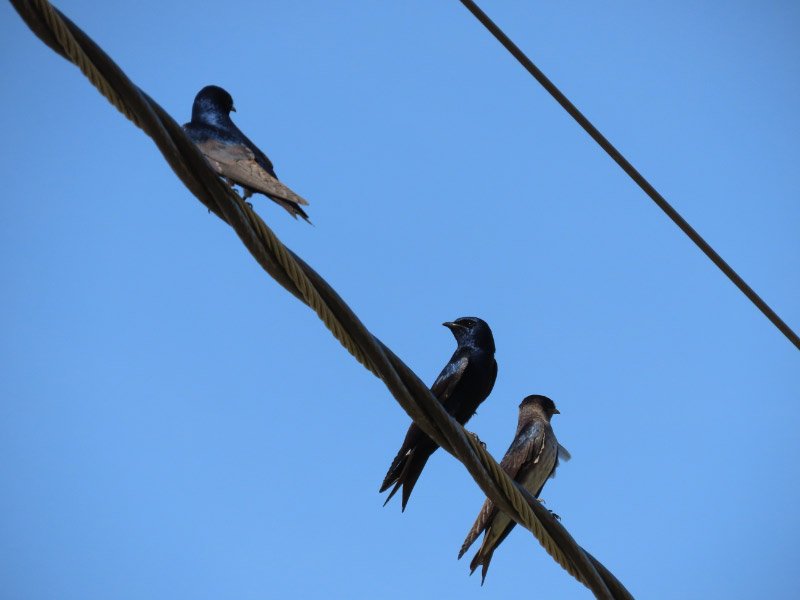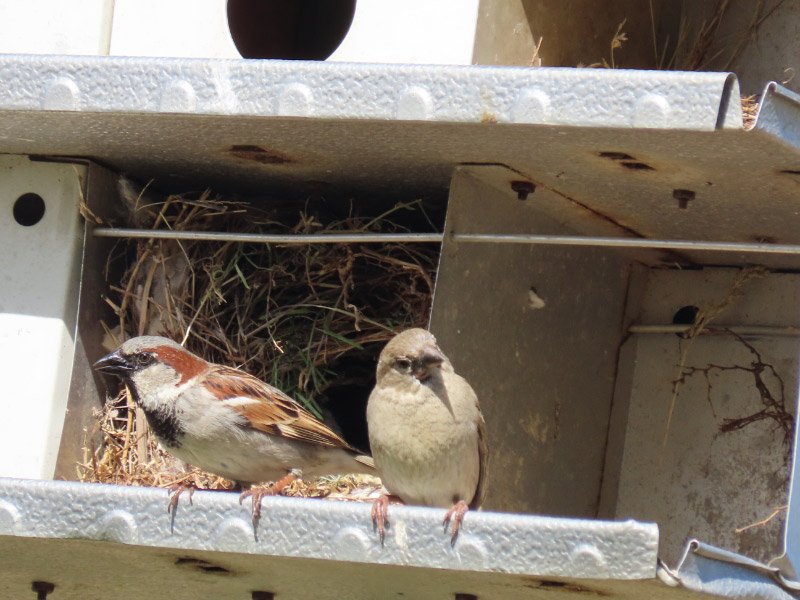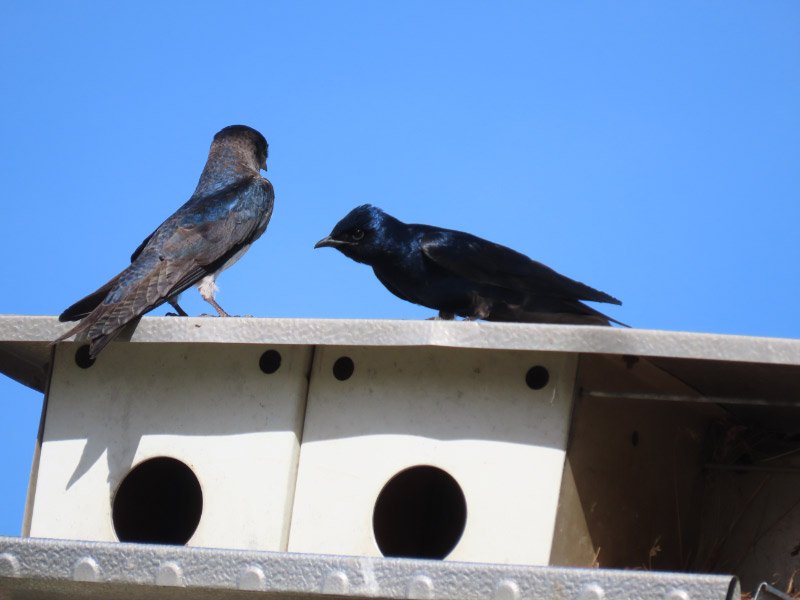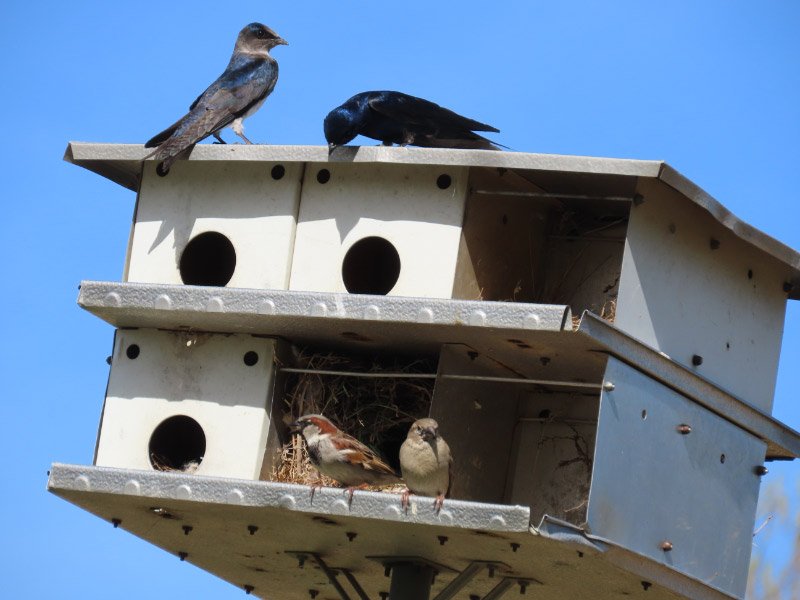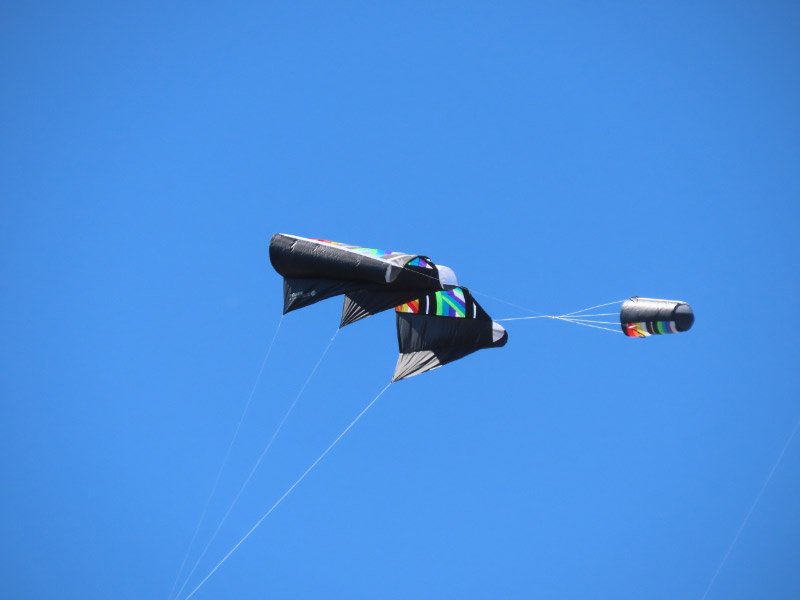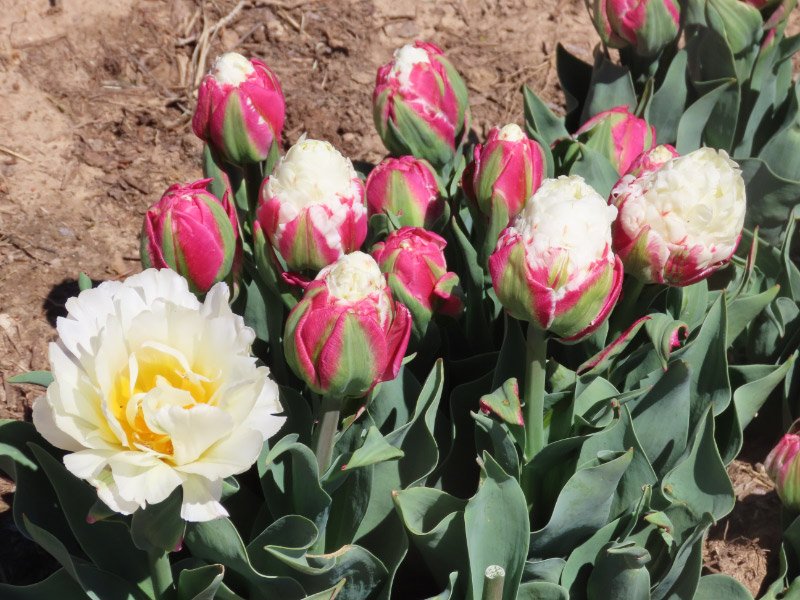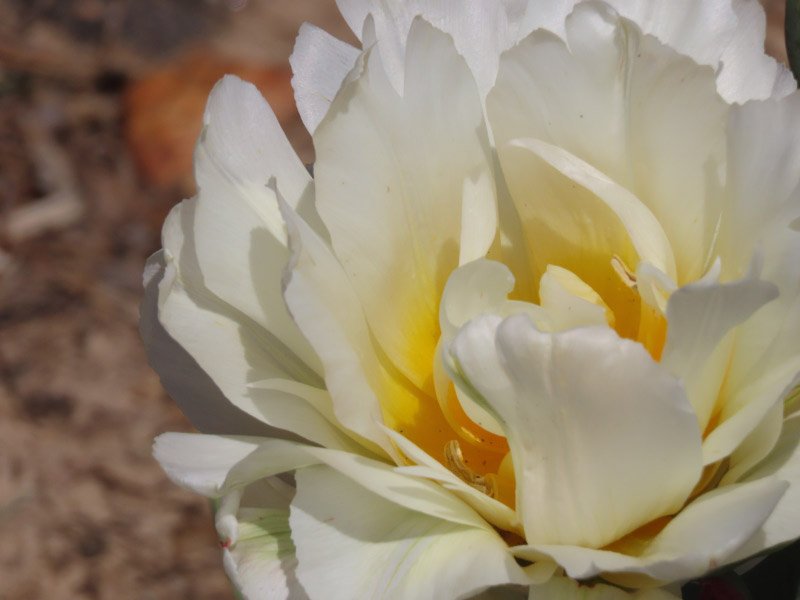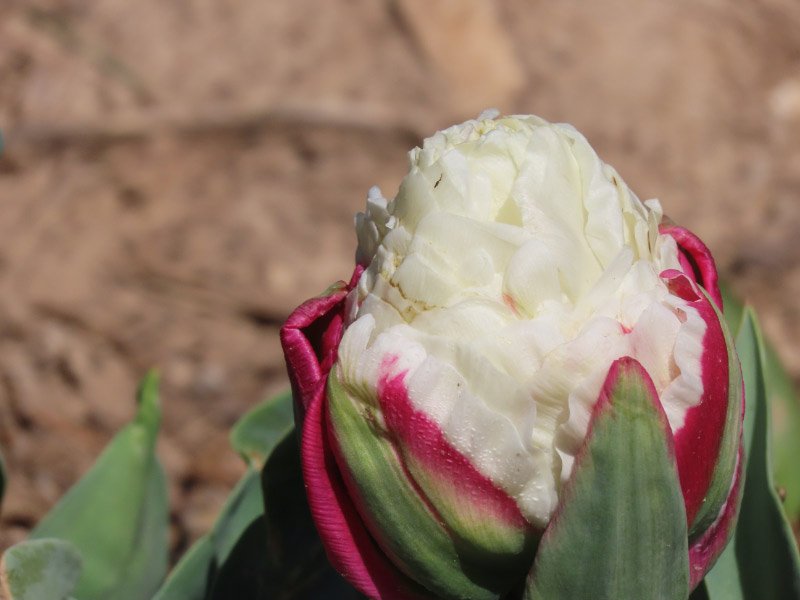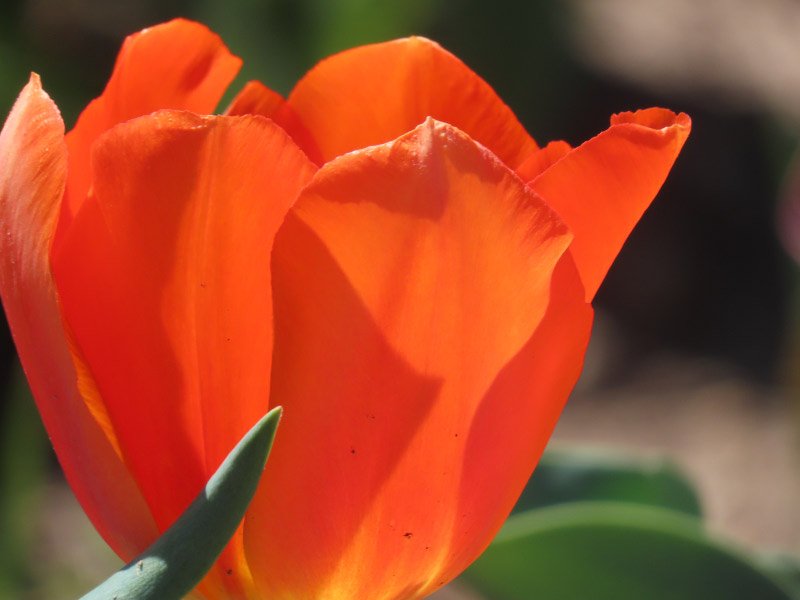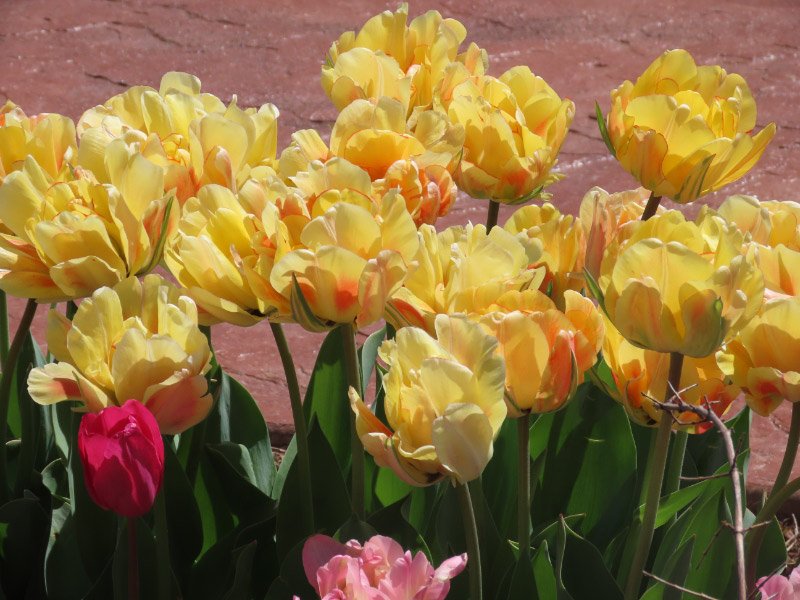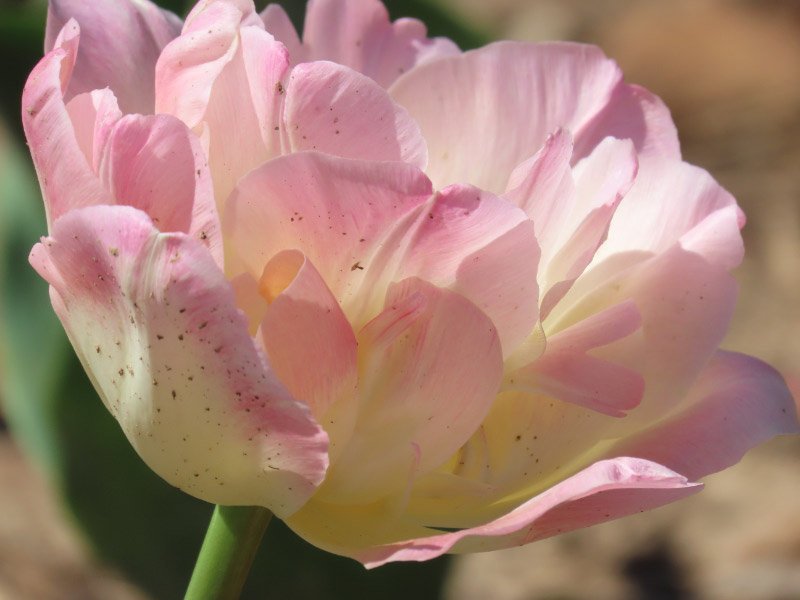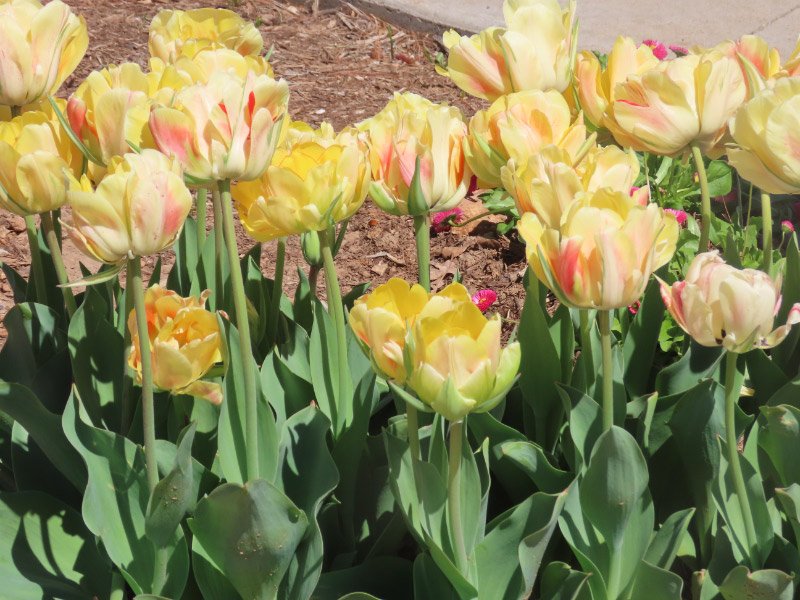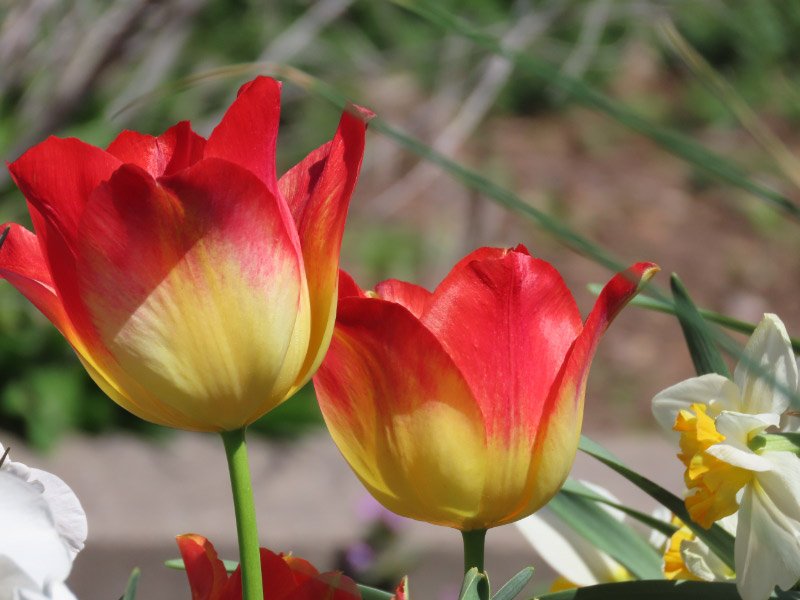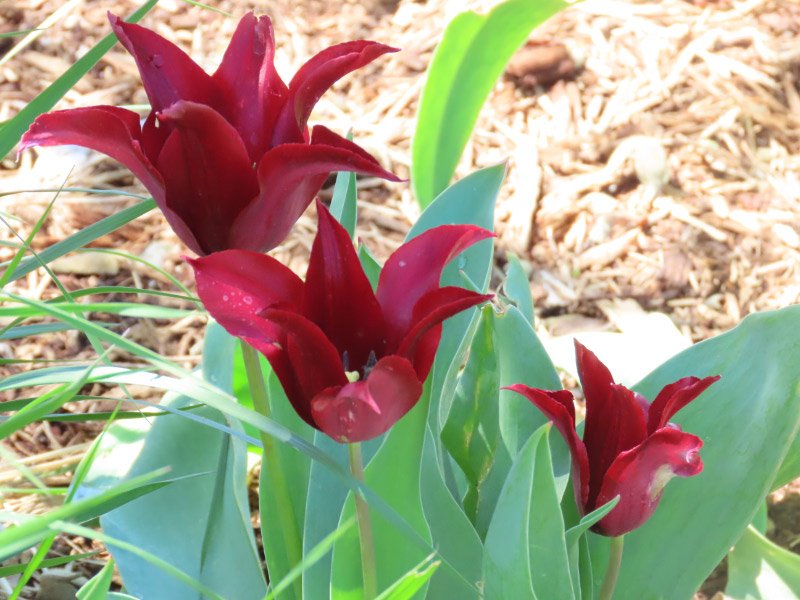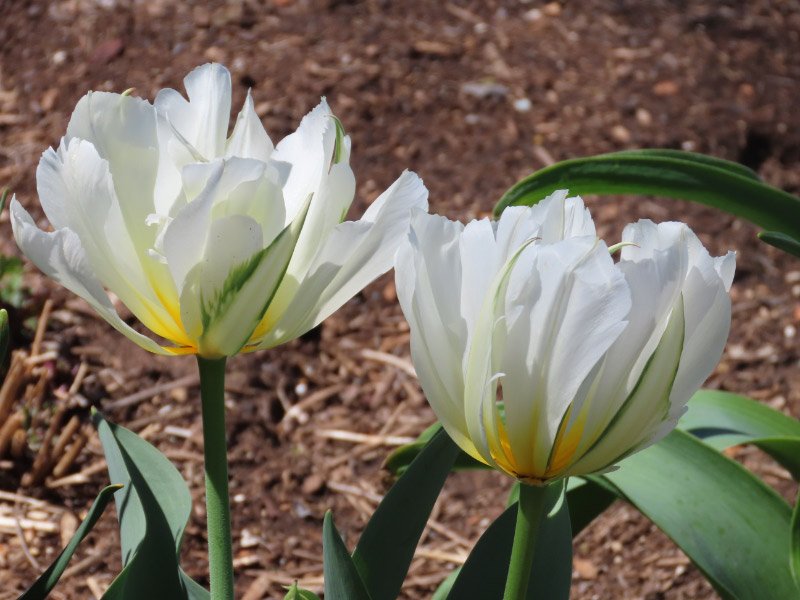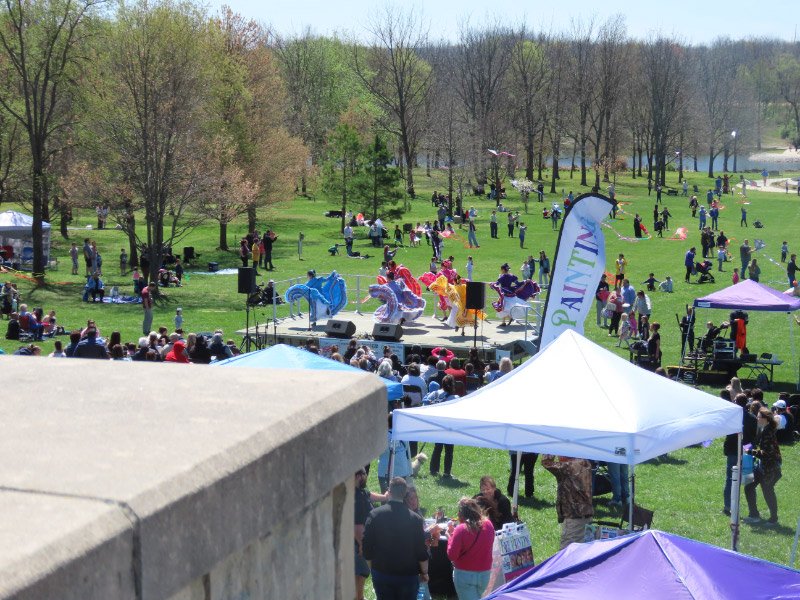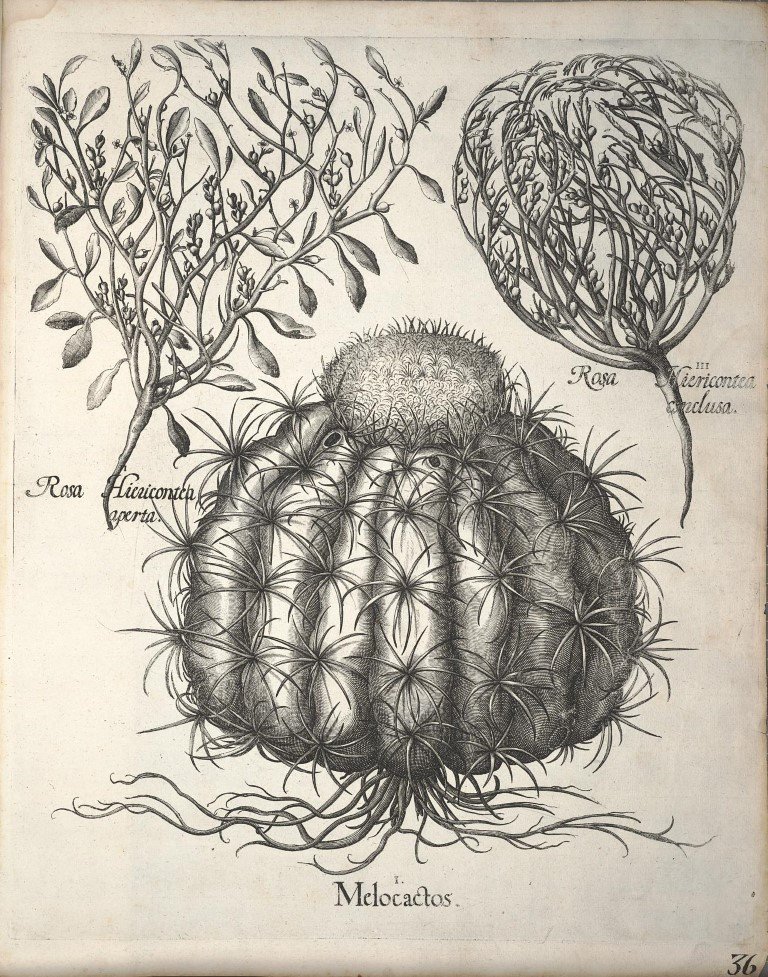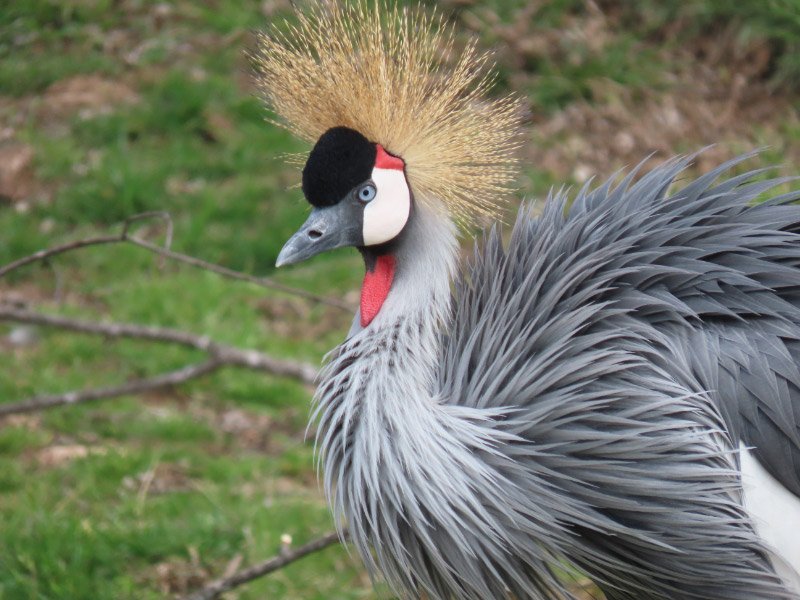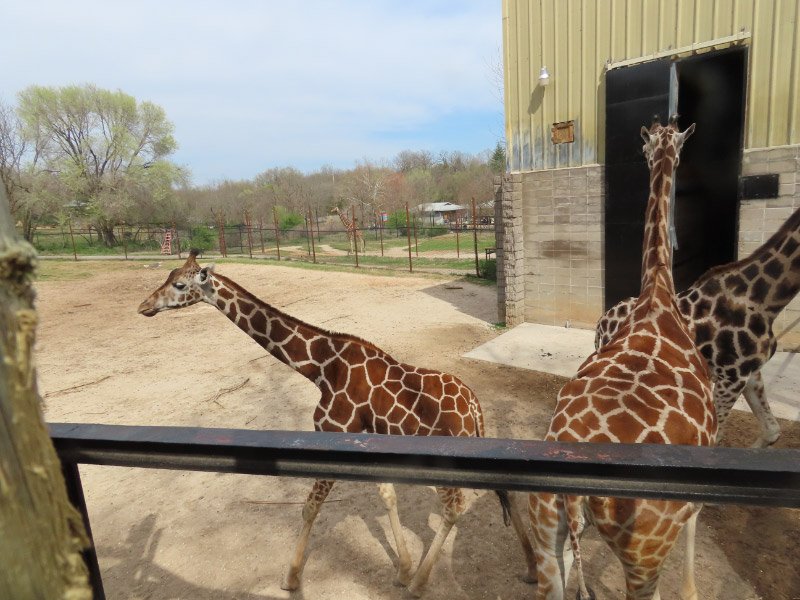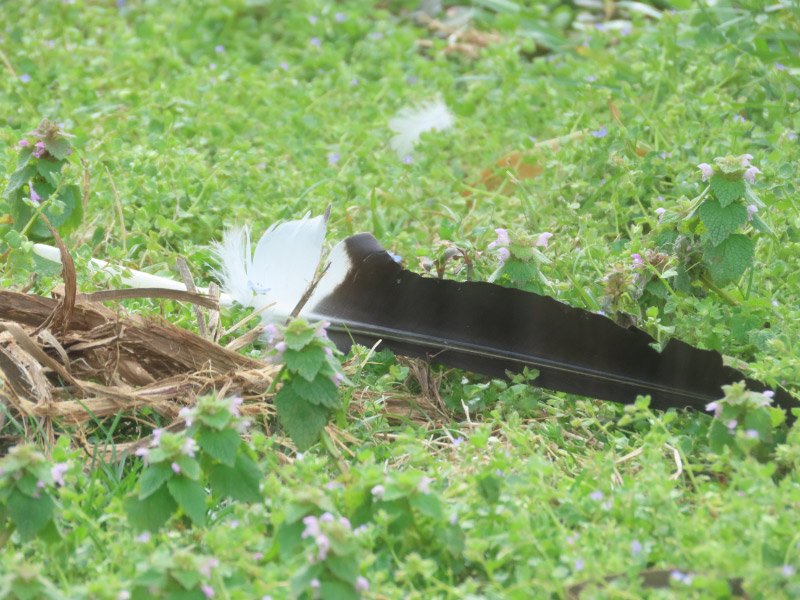Then and Now – Universities
/My parents prompted my goal to go to college; it was still in my future during the 1960s. At first there was only a vague idea of what universities were like. That begin to change when my mother went back to school so she could become a teacher when I was in junior high. I learned about required courses and textbooks and the library. My sisters and I were in the audience when she acted in a play as part of a drama class. I remember paging through a very thick book for a biology/life sciences class – relishing how much more it included beyond the encyclopedias and schoolbooks I had looked at before. When I started an insect collection for special credit before my sophomore year of high school, my mother took me to the campus bookstore and we bought special black straight pins for the project (there must have been a class at the university that required insect collection too). My collection impression my teacher so much that she asked to keep it!
I was also aware of the protests of the Vietnam War at universities in the 1960s via the news and now with protests of the war in Gaza also via the news. I never was on a campus when one of the more significant protests happened at either time of my life.
Now my perception of universities is based more on first-hand experience from the 1970s and early 1980s when my husband got his PhD and I got my masters, vicarious experience (again) from 2007 to 2019 when my daughter was at 3 universities for undergraduate through to PhD and post doc, my daughter being employed as a professor at a university now, and the prospect of a course each semester at the university beginning next fall taking advantage of the free tuition for citizens age 62 or older.
In the 1960s, the prospect of heading off to the university was all about continuation of my education…preparing for a career…getting the required credits toward a degree. Now, I’ll be taking courses because I am interested in the topic and not ‘for credit.’ Courses that offer field experience or labs will be my primary focus…things that I can’t get in an online format or from a book. The first course will likely be a field course identifying woody plants; the second might be geology course which includes field trips and a lab; the next one might be pottery making!
In the 1960s, I was oblivious to the administration of universities. In retrospect, there were a lot less non-faculty staff at universities in the 1960s. And those non-faculty people often get higher salaries than the faculty; they are largely responsible for the cost of university education increasing faster than costs in just about every other sector. And those non-faculty people make decisions about how funding cuts will be made so their ranks will never go down! How does bloat in a university’s administrative staff ever get trimmed?
It seems that universities are changing very slowly compared to the rest of society. There is a paradox of research that is often leading edge coming out of an organization that incorporates processes that are almost like hazing (qualifying exams for graduate students that are traditionally ‘failed’ the first time through…committees of other faculty members that review tenure track packages and provide negative feedback, sometimes not factual and sometimes personal rather than relevant to the position…minorities and women judged harshly).
The role of universities is not as clear now as it seemed to me in the 1960s. I’m not sure if that is true because I know more about them now or if they have not changed in the intervening years in ways that they should have.
Previous Then and Now posts

